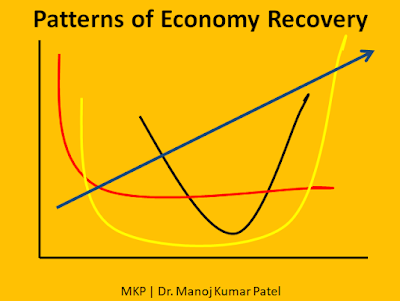TQM and TCM in Mining Operations
TQM and TCM in Mining Operations
(TQM = Total Quality Management
TCM = Total Cost Management
MVA = Material Variance Analysis
CVA = Cost Variance Analysis)
This series is aimed at beginners in the profession of mining engineering and excavation. Senior practicing mining professionals may find it stale but may please add on to the discussions for the benefits of all.
The purpose of mining, like any other business, is to earn a profit. So lower the excavation cost, higher is the profit. Different major activities like, Mine Planning and Design , Geology, Survey, , Legal, HR, Procurement, Technical Services, Drilling and Blasting, Production, Maintenance, Explosives, Fleet Management System, Environmental Management, IT, Material Handling, Waste Rock Dump, Process and Mine water Management, Safety and Risk Management, Incident Reporting network and synergize together prevail and sustain a safe, productive and profitable atmosphere. The nation at large gets benefitted.
Any deviation in networking (working collaboratively) would break the synergy and bring down safety and productivity.
We shall discuss a few small case studies
:
Case Study 01:
Cast boosters (or emulsion boosters) are used to initiate column charges in the blast holes. Boosters are high-value explosives compared to column charges. So as a rule of the thumb, lessen the quantity of booster used higher is the savings in explosives cost. This is the commercial aspect. But, technically, the optimal quantity of booster give rise to better blasting and very low probabilities of toe formation. Now, see the probabilities with which different activities may get carried out.
The procurement department or the purchase committee may procure booster to be used at x% of the explosives. By doing this, the purchasing group will be making savings in their purchase budget. On the other hand blast performance will go down and blasting (or production) group will end up spending more expenses in terms of toe removal, manpower engagement, non-productive man hours and wear and tear in excavating and transport equipment. So, the net effect is that the operating expenses for the mines have gone up just to save a few thousand bucks in booster purchase. Had both procurement and technical groups worked in tandem, the total operating expenses for the mines would have come down.
Surely it is a very simple example but this is well experienced by the author both as a supplier and user of boosters at different phases of his career in excavation jobs.
Case Study 02:
Material Variance Analysis (MVA) and Cost Variance Analysis (CVA) are two regular reviews exercised in every organization. The purpose is to find out how accurate the material consumptions are with respect to laid down Bill of Materials (BoM). The desired variance is “zero” which is not possible so anything closer to zero is good with two firm conclusions. One, product (let us say a “detonator”) is understood to have been manufactured exactly as per the desired specifications, and two, the manufacturing cost of the detonator is within the range.
But, in many instances, management views on favorable variances far supersede the adverse variances. If looked plainly it indicates cost reduction but when analyzed properly it shows that in fact the cost is going through the roof and simplest of the explanations is that final product are beyond specifications and hence these products are bound to behave erratically in the customers' place. So expenses to the organizations will be in terms of (a) loss of reputation. (b) The cost incurred to handle customer complaints, (c) call back of products, (d) loss of market share, (e) cost incurred to destroy or rectify the material and so on and so forth. Good organizations thus never feel happy with savings arising out of favorable material variances in the production line. Management in these organizations takes this as a symptom of loss in control of processes and inventory. Here again, a collaborative work atmosphere brings in synergy and long term benefits (profits) to the organizations.
Case Study 03:
A proper mine plan and land acquisitions are two of the most important aspects in commencing and operating open cast mines. Overburdens removed need disposal in lands nearer to the mines. As the mines go growing, more and more land spaces are required for this. Now, look at the situations. If land acquisitions are not made as per the excavation quantities for the entire life span of the mines, then the mine may not face problem in the initial years of its operations, but gradually the problem of OB disposal becomes insurmountable. Synergies between different areas like mine planning, geological survey, legal, understanding rules and regulations of the country of operation is required at its highest efficiency level to achieve business growth, sustainability, and profit earning. Again, the example here is not a textbook case but is experienced by even many bigger organizations who could not plan it properly at the beginning itself.
Examples could be many, but the author hopes that the intelligent professionals are wise to consider various aspects and they will build synergy between the departments and activities to achieve TQM and TCM both for the organization and nation at large.



Comments
Post a Comment